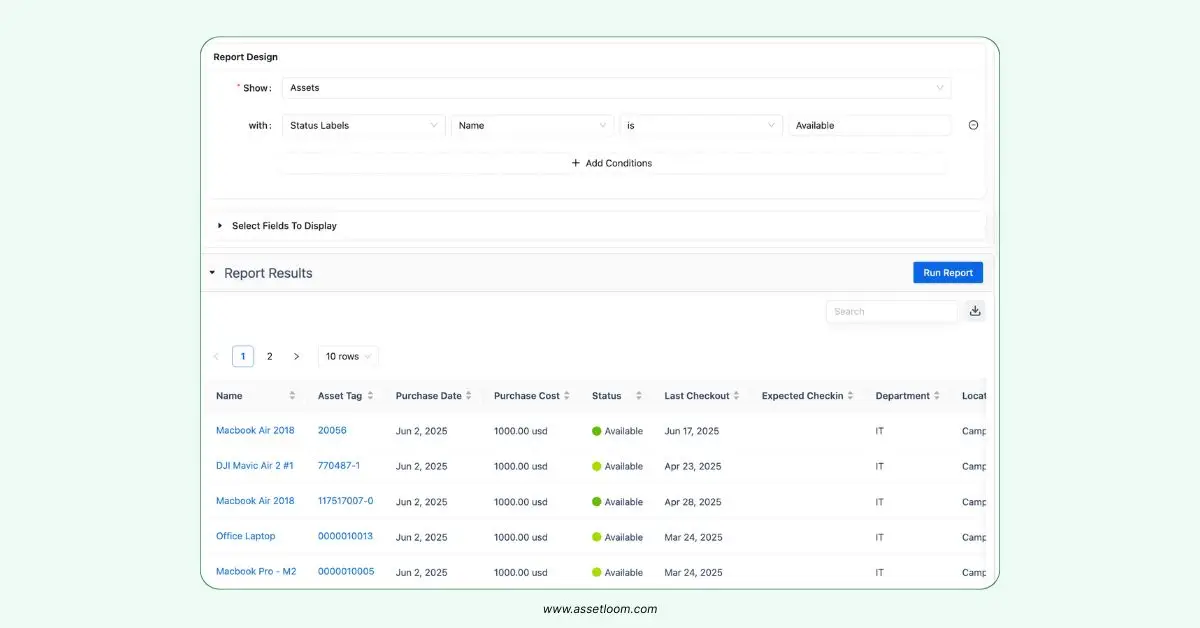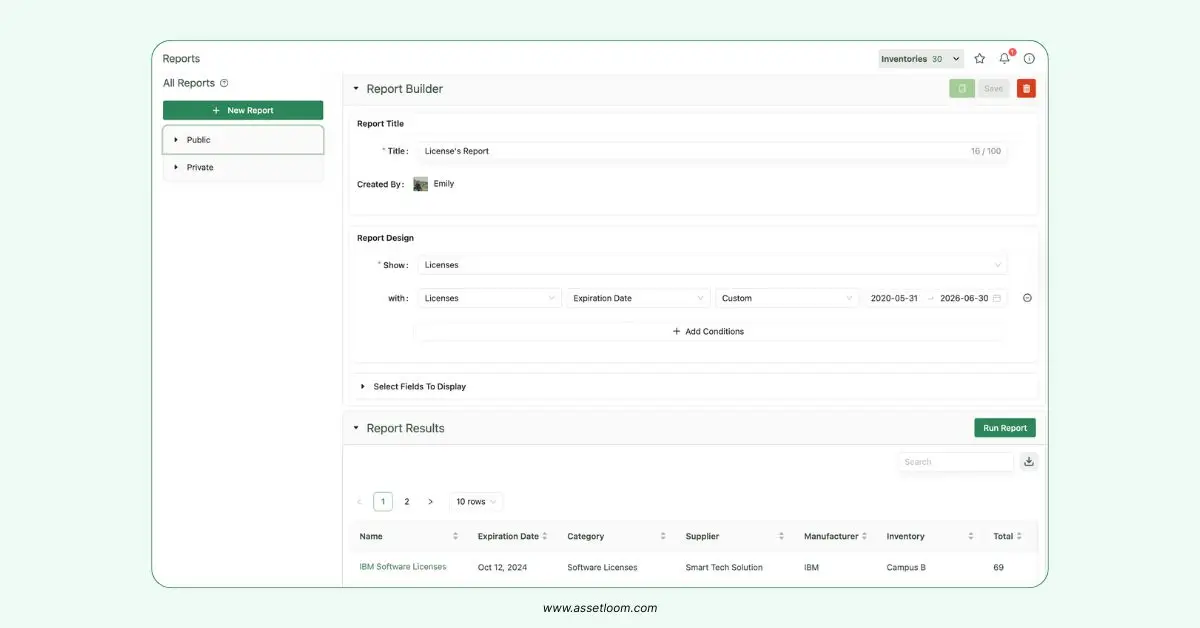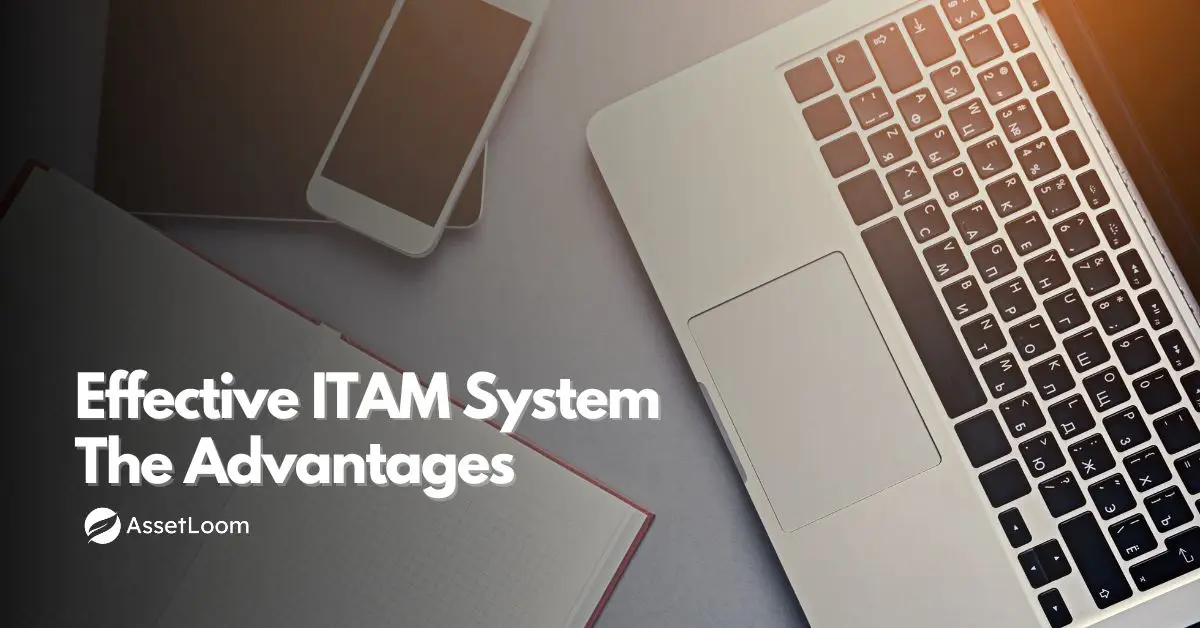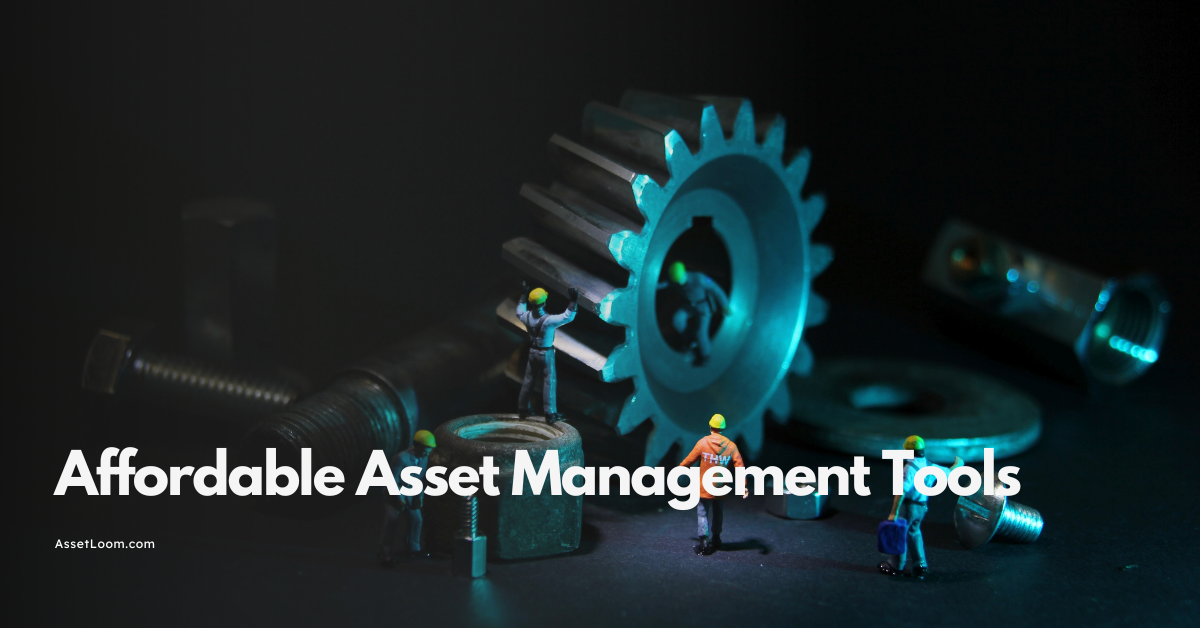IT Asset Management Reporting: Things You Should Know
Learn about IT asset management reporting, explore its importance, key components, best practices, and challenges to optimize IT resources.
IT asset management reporting is a critical process for organizations that rely on technology to operate efficiently. It involves collecting, analyzing, and presenting data about an organization’s IT assets, such as hardware, software, and cloud services. These reports provide insights into asset usage, costs, compliance, and performance, enabling better decision-making and resource optimization. This article explores the importance of IT asset management reporting, its key components, best practices, and how it supports organizational goals.
What is IT Asset Management Reporting?
IT asset management reporting refers to the systematic process of generating reports that detail the status, lifecycle, and performance of IT assets within an organization. These assets include physical devices like laptops, servers, and networking equipment, as well as intangible assets like software licenses and cloud subscriptions. The goal of ITAM reporting is to provide clear, actionable information to stakeholders, including IT managers, finance teams, and executives.
Reports typically cover areas such as asset inventory, depreciation, license compliance, maintenance schedules, and security risks. By consolidating this data, organizations gain visibility into their IT environment, which helps them manage costs, ensure compliance, and plan for future needs.
Why IT Asset Management Reporting Matters
Effective IT asset management reporting offers several benefits that directly impact an organization’s operations and bottom line. Here’s why it’s essential:
1. Cost Optimization
IT assets represent a significant portion of an organization’s budget. Reporting helps identify underutilized or redundant assets, such as unused software licenses or outdated hardware. By eliminating unnecessary expenses, organizations can allocate resources more effectively.
For example, a report might reveal that a company is paying for 100 software licenses but only using 70. This insight allows the organization to renegotiate contracts or reallocate licenses, saving money.
2. Compliance and Risk Management
Many industries have strict regulations regarding software licensing and data security. Non-compliance can result in hefty fines or legal issues. ITAM reports track license usage and ensure that the organization adheres to vendor agreements and regulatory requirements.
Additionally, reports can highlight security vulnerabilities, such as outdated software or unsupported hardware, enabling IT teams to address risks before they escalate.
3. Improved Decision-Making
Accurate data is the foundation of informed decision-making. ITAM reports provide stakeholders with a clear picture of asset performance, lifecycle stages, and future needs. For instance, a report might show that a server is nearing the end of its useful life, prompting the organization to budget for a replacement.
4. Enhanced Operational Efficiency
By tracking asset performance and maintenance schedules, ITAM reporting helps prevent unexpected downtime. For example, a report might indicate that a critical piece of equipment is due for maintenance, allowing the IT team to schedule repairs before a failure occurs.
5. Strategic Planning
ITAM reports provide insights into long-term trends, such as asset depreciation or software adoption rates. This information supports strategic planning, helping organizations align their IT investments with business goals.
Key Components of IT Asset Management Reporting
To be effective, ITAM reports should include specific data points that address the organization’s needs. While the exact components vary depending on the organization, most reports cover the following areas:
1. Asset Inventory
An accurate inventory is the backbone of ITAM reporting. This section lists all IT assets, including details such as:
- Asset type (hardware, software, or cloud service)
- Serial numbers or license keys
- Location or user assignment
- Purchase date and cost
- Warranty or support contract status
A comprehensive inventory ensures that no assets are overlooked and provides a baseline for tracking changes over time.

AssetLoom Report on Asset Status
2. Financial Metrics
Financial data is crucial for understanding the cost of IT assets. Reports should include:
- Acquisition costs
- Depreciation schedules
- Maintenance and support expenses
- Total cost of ownership (TCO)
This information helps organizations evaluate the return on investment (ROI) for their IT assets and identify opportunities for cost savings.
3. License Compliance
Software licenses are often complex, with terms that vary by vendor. ITAM reports should track:
- Number of licenses purchased
- Number of licenses in use
- Compliance status (over-licensed or under-licensed)
- Renewal dates
This data ensures that the organization avoids penalties for non-compliance and optimizes license usage.

Report Builder for License Expiration in AssetLoom
4. Lifecycle Status
Every IT asset has a lifecycle, from procurement to disposal. Reports should indicate where each asset stands in this cycle, including:
- Deployment status (in use, in storage, or retired)
- Expected end-of-life date
- Upgrade or replacement needs
Lifecycle data helps organizations plan for asset refreshes and avoid relying on unsupported or obsolete technology.
5. Security and Risk Assessment
Security is a top priority for IT teams. ITAM reports should highlight potential risks, such as:
- Outdated software versions
- Unsupported hardware
- Unpatched systems
- Assets with known vulnerabilities
By addressing these risks proactively, organizations can reduce the likelihood of cyberattacks or data breaches.
6. Performance Metrics
For assets like servers or cloud services, performance data is critical. Reports might include:
- Uptime and availability
- Resource utilization (CPU, memory, or storage)
- Incident or failure rates
This information helps IT teams identify bottlenecks and optimize performance.
Best Practices for IT Asset Management Reporting
Creating effective ITAM reports requires careful planning and execution. Here are some best practices to follow:
1. Define Clear Objectives
Before generating a report, determine its purpose and audience. For example, a report for the finance team might focus on costs, while one for the IT team might emphasize performance. Clear objectives ensure that the report delivers relevant insights.
2. Use Reliable Data Sources
Accurate reports depend on accurate data. Implement an ITAM system or tool to centralize asset information and reduce manual errors. Regularly audit the data to ensure its integrity.
3. Automate Where Possible
Manual reporting is time-consuming and prone to errors. Use ITAM software to automate data collection and report generation. Automation saves time and ensures consistency.
4. Customize Reports for Stakeholders
Different stakeholders have different needs. Tailor reports to include the metrics and language that resonate with each audience. For example, executives might prefer high-level summaries, while IT teams need detailed technical data.
5. Schedule Regular Reporting
IT environments are constantly changing, so reports should be generated on a regular basis. Depending on the organization’s needs, this might mean weekly, monthly, or quarterly reports. Consistent reporting helps track trends and identify issues early.
6. Visualize Data Effectively
Complex data is easier to understand when presented visually. Use charts, graphs, and tables to highlight key insights. For example, a pie chart might show the breakdown of software license usage, while a timeline could illustrate asset lifecycles.
7. Ensure Accessibility
Make reports easy to access and share. Store them in a centralized location, such as a cloud-based ITAM platform, and use formats like PDF or Excel for compatibility. Ensure that sensitive data is protected with appropriate access controls.
Challenges in IT Asset Management Reporting
While ITAM reporting is valuable, it’s not without challenges. Common obstacles include:
1. Data Silos
In large organizations, asset data may be spread across multiple systems or departments. This makes it difficult to create a unified view of the IT environment. Integrating data sources is essential for accurate reporting.
2. Incomplete or Inaccurate Data
If assets aren’t properly tracked, reports may contain gaps or errors. Regular audits and standardized data entry processes can help maintain data quality.
3. Resource Constraints
Generating detailed reports requires time and expertise. Smaller organizations may lack the resources to manage ITAM reporting effectively. In such cases, outsourcing or using affordable ITAM software can be a solution.
4. Evolving Technology
The rapid pace of technological change complicates ITAM reporting. For example, the shift to cloud services requires new metrics and tracking methods. Organizations must adapt their reporting processes to keep up.
Tools for IT Asset Management Reporting
Several ITAM tools can simplify the reporting process. Popular options include:
- AssetLoom: Offers robust asset tracking and reporting capabilities for organizations of all sizes.
- SolarWinds IT Asset Management: Focuses on integrating ITAM with IT service management.
- Lansweeper Asset Management: Provides automated asset discovery and reporting for IT environments.
- Freshservice: A user-friendly tool for small to medium-sized businesses.
When choosing a tool, consider factors like scalability, integration capabilities, and ease of use.
Related article: Top 5 Best Asset Tracking Solution in 2025
Conclusion
IT asset management reporting is a powerful tool for organizations aiming to optimize their IT resources, ensure compliance, and make informed decisions. By providing detailed insights into asset usage, costs, and risks, ITAM reports enable better resource management and strategic planning. To succeed, organizations should define clear objectives, use reliable data, automate processes, and tailor reports to their stakeholders’ needs.
While challenges like data silos and resource constraints exist, the right tools and practices can overcome them. By implementing effective ITAM reporting, organizations can gain control over their IT assets and drive operational efficiency. Regular, accurate reporting not only supports day-to-day operations but also positions the organization for long-term success in a rapidly evolving technological landscape.

Subscribe for Expert Tips and Updates
Receive the latest news from AssetLoom, right in your inbox.


